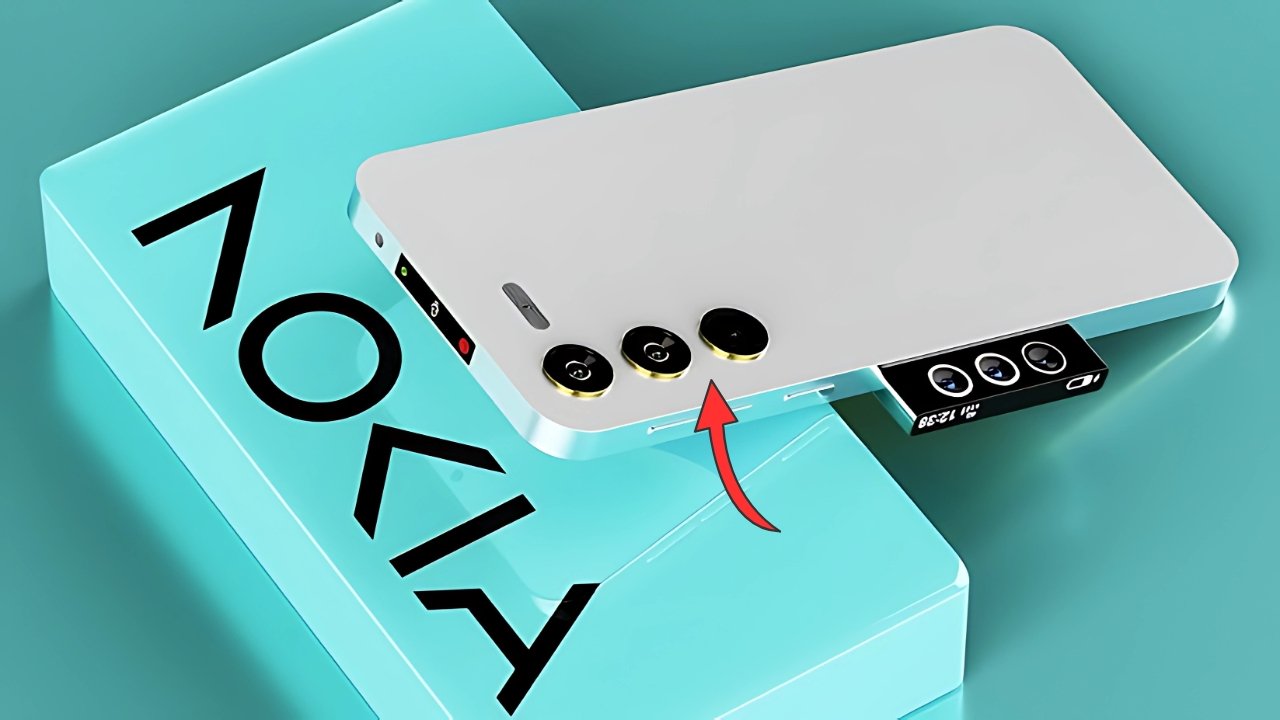Nokia N73 : In the golden age of Nokia’s dominance, few devices captured the imagination quite like the N73. Released in 2006, this smartphone arrived at a pivotal moment when mobile photography was transitioning from novelty to necessity. The N73 represented Nokia’s ambitious vision of convergence, combining a capable camera with smartphone functionality in a package that felt genuinely premium.
Design Legacy and Build Excellence
The N73’s design language spoke of serious intent rather than flashy marketing. Nokia crafted a device that felt substantial in hand, with materials and construction quality that justified its premium positioning. The sliding mechanism operated with satisfying precision, revealing a traditional numeric keypad that many users found more reliable than early touchscreen alternatives.
The camera lens dominated the rear panel, immediately signaling the device’s photographic ambitions. Unlike many contemporary phones where cameras felt like afterthoughts, the N73’s imaging system appeared integral to the overall design philosophy. The metallic accents and careful attention to detail created an aesthetic that aged gracefully, avoiding the dated appearance that plagued many early smartphones.
Revolutionary Camera Technology
What truly set the N73 apart was its 3.2-megapixel camera with Carl Zeiss optics. This partnership brought genuine optical expertise to mobile photography, delivering image quality that genuinely surprised users accustomed to poor phone cameras. The autofocus system worked reliably, and the LED flash provided adequate illumination for close-up subjects.
The camera interface offered manual controls that photography enthusiasts appreciated, including white balance adjustments, ISO settings, and exposure compensation. These features felt revolutionary in an era when most phone cameras offered only basic point-and-shoot functionality. Video recording capabilities complemented the still photography features, producing clips that were genuinely shareable rather than mere novelties.
Photo quality in good lighting conditions rivaled dedicated digital cameras of the era, with sharp details and natural color reproduction. The Carl Zeiss lens minimized distortion and maintained consistent quality across the frame, addressing common complaints about early mobile cameras.

Multimedia Powerhouse
Beyond photography, the N73 excelled as a multimedia device. The large screen for its time displayed photos and videos with impressive clarity, making it genuinely useful for showing captured content to others. The music player offered robust functionality with support for multiple audio formats, while the built-in speakers provided adequate volume for personal use.
The device handled video playback smoothly, supporting various formats that made it practical for entertainment during travel or downtime. The memory card slot allowed expansion beyond the internal storage, addressing the growing demand for digital content storage.
Software and User Experience
Running Symbian S60, the N73 provided a smartphone experience that felt mature and stable. The operating system offered genuine multitasking capabilities, allowing users to switch between applications without the limitations that plagued simpler feature phones. Email support, web browsing, and document viewing made it a credible business tool.
The camera software deserved special recognition for its comprehensive feature set and intuitive interface. Users could access advanced settings without feeling overwhelmed, while automatic modes handled most situations competently. The gallery application made organizing and sharing photos straightforward, with options for sending images via email or multimedia messaging.
Performance and Reliability
The N73’s performance met the demands of its era effectively. Applications launched promptly, and the interface remained responsive during typical usage. The device handled multitasking well within the constraints of available memory, rarely exhibiting the freezing or instability that affected some contemporary smartphones.
Battery life provided genuine all-day endurance for most users, with the camera being the primary drain on power reserves. The removable battery design allowed users to carry spares for extended photography sessions, a practical consideration that modern smartphones have largely abandoned.
Cultural Impact and Legacy
The N73 arrived at a moment when mobile photography was gaining serious momentum. Its combination of optical quality and user-friendly features helped legitimize phone cameras as genuine alternatives to dedicated devices for casual photography. Many users discovered their passion for photography through devices like the N73, which made quality imaging accessible without requiring separate equipment.
The device influenced an entire generation of smartphone design, demonstrating that cameras could be primary selling points rather than secondary features. The partnership with Carl Zeiss established a template for optical collaborations that continues today across various manufacturers.
Oppo A60 5G launched with best gaming performance – storage is high
Nokia N73 Historical Significance
Looking back, the Nokia N73 represents a pivotal moment in smartphone evolution. It successfully bridged the gap between traditional phones and modern smartphones while establishing mobile photography as a legitimate pursuit. The device proved that consumers would embrace camera-focused phones when the quality justified the emphasis, laying groundwork for today’s photography-centric smartphone market.
